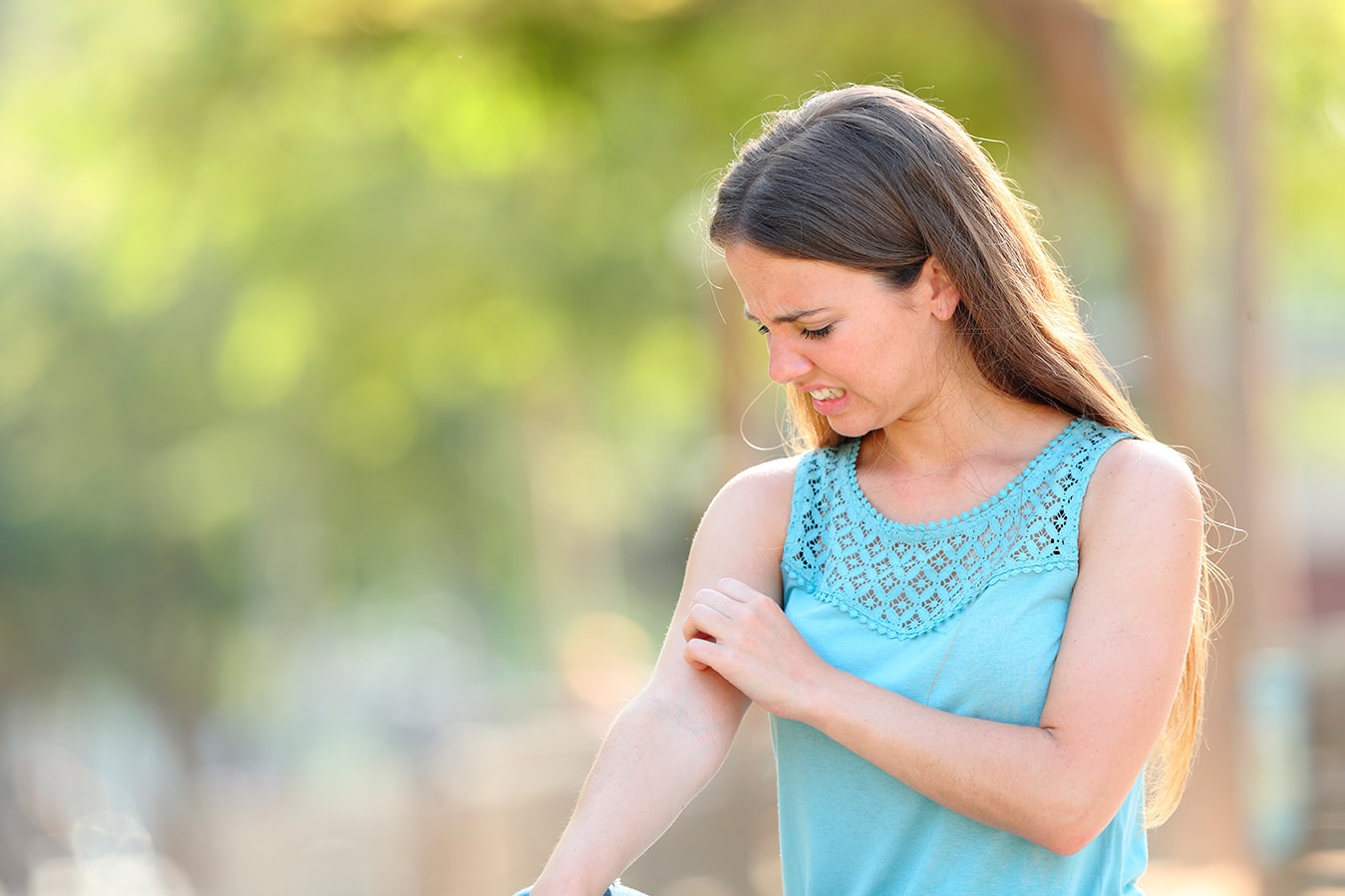Air pollution will take an estimated seven million lives globally in the next year, while costing the world’s economy nearly 225 billion USD. According to IQAir website on its ranking of world major cities with worst air quality index, 99 out of 100 are all from Asia with Lahore with Harthbeespoot, South Africa the only city outside Asia.The bad air quality raises its own unrest in the community. Toxic air from pollution can cause death from diseases of the lungs and heart. Not only the lungs and heart, the skin is also one part of the body that is affected by the side effects of air pollution.
Reported by the National Center for Biotechnology Information, the skin is the first organ as well as the body’s first barrier of defense in contact with the environment. All cells and layers of the skin participate as the body’s defense layer. “Traffic pollution that currently exists is the single most toxic substance to skin, the dream of having perfect skin is over for those who live and work in areas polluted from traffic unless they take steps to protect their skin right now.”said Dr. Mervyn Patterson, a cosmetic doctor at Woodford Medical clinic in England, as quoted by The Guardian. One of the effects on skin that is exposed to air pollution is the appearance of skin breakout. This condition can be caused by many things. One of the causes is clogged facial pores due to dust or pollution. In some people, breakouts can disappear after getting the proper facial care, but not infrequently as it is difficult to remove the breakout from the face.
Signs of Negative Impact of Air Pollution on Facial Skin
Breakouts is just one of the signs that a skin is exposed to air pollution. Here are other four signs of the negative impact of air pollution on facial skin:
1. Clogged Pores.
Pollution particles in the air are ten to twenty times smaller than the size of human pores. This can make pollution particles infiltrate the deeper layers of the skin so that the pores become clogged. Apart from clogging pores, pollution that stays on the face can cause inflammation and dehydration. Pollution can also cause loss of elasticity and firmness of facial skin.
Solution: Clean it off. Cleaning the face at night after activities must be done regularly so that pollution particles do not remain in the skin for long. At night, our skin will regenerate, using anti-oxidant serum is a great way to protect against free radical damage during the day, such as pollution, stress, and UV exposure.
[See also:
Cosmetics for Teenagers: Everything You Need to Know if You are Under 20]
2. Pimples and wrinkles arise.
When they enter the skin, pollution creates free radicals. Free radicals are very unstable molecules that have unpaired electrons. These molecules will remove electrons in healthy skin cells which will then cause damage to the skin. Free radicals can increase inflammation that can lead to acne, rosacea, and skin pigmentation. Free radicals will also regulate damaging enzymes such as MMP-1 which will break down collagen and elastin which are the support for human skin. This can cause the skin to become loose and wrinkled.
Solution: Wash face twice a day with a cleanser that contains salicylic acid to unclog the pores. Rub affected area with a benzoyl-peroxide treatment to eliminate bacteria and reduce inflammation. See a dermatologist if acne fails to improve.
[See also:
The Search for Eternal Beauty: Combating Anti-aging]
3. Dry and Dull Skin.
Pollution is made of micro particles which penetrate deep into the skin and cause inflammation, dryness, pigmentation of the skin, and damage to collagen and elastin which causes wrinkles. After that, the layers of the skin will become dry and inflamed and become less effective at protecting the skin. As a result, the skin becomes difficult to retain moisture, making it prone to irritation and infection. It also makes skin sensitive.
Solution: Exfoliate. Proper exfoliation removes the barrier of dead skin cells clogging the skin and uncovers fresh new cells below. This opens the way for moisturizing products to penetrate more deeply into the skin, which makes them more effective.
[See also:
Maintaining Healthy Skin and Why It Matters]
4. Pigmentation on the skin and rosacea.
Air pollutants such as polycyclic aromatic hydrocarbons (PAH), volatile organic compounds (VOC), carbon dioxide and cigarette smoke cause damage to the skin. After the natural oils the skin is damaged and loses water due to pollutants. Facial skin will be prone to further irritation and inflammation. The damage makes the skin pigmented, wrinkled, and can lead to rosacea. Rosacea is a chronic inflammatory skin condition that generally affects the central part of the face. Women are more prone to this condition than men.
Solution: Apply a gentle, broad-spectrum sunscreen with an SPF of 30 or higher every day for sun protection. Avoid stress as well as it can flare-up the rosacea.
Conclusion
As the skin is the first organ that comes into contact with the environment, everyone must keep it healthy as much as they can. Most might take it for granted, but protecting the skin helps the other parts of the body to be protected such as bones, muscles, and internal organs, basically keeping you alive.

